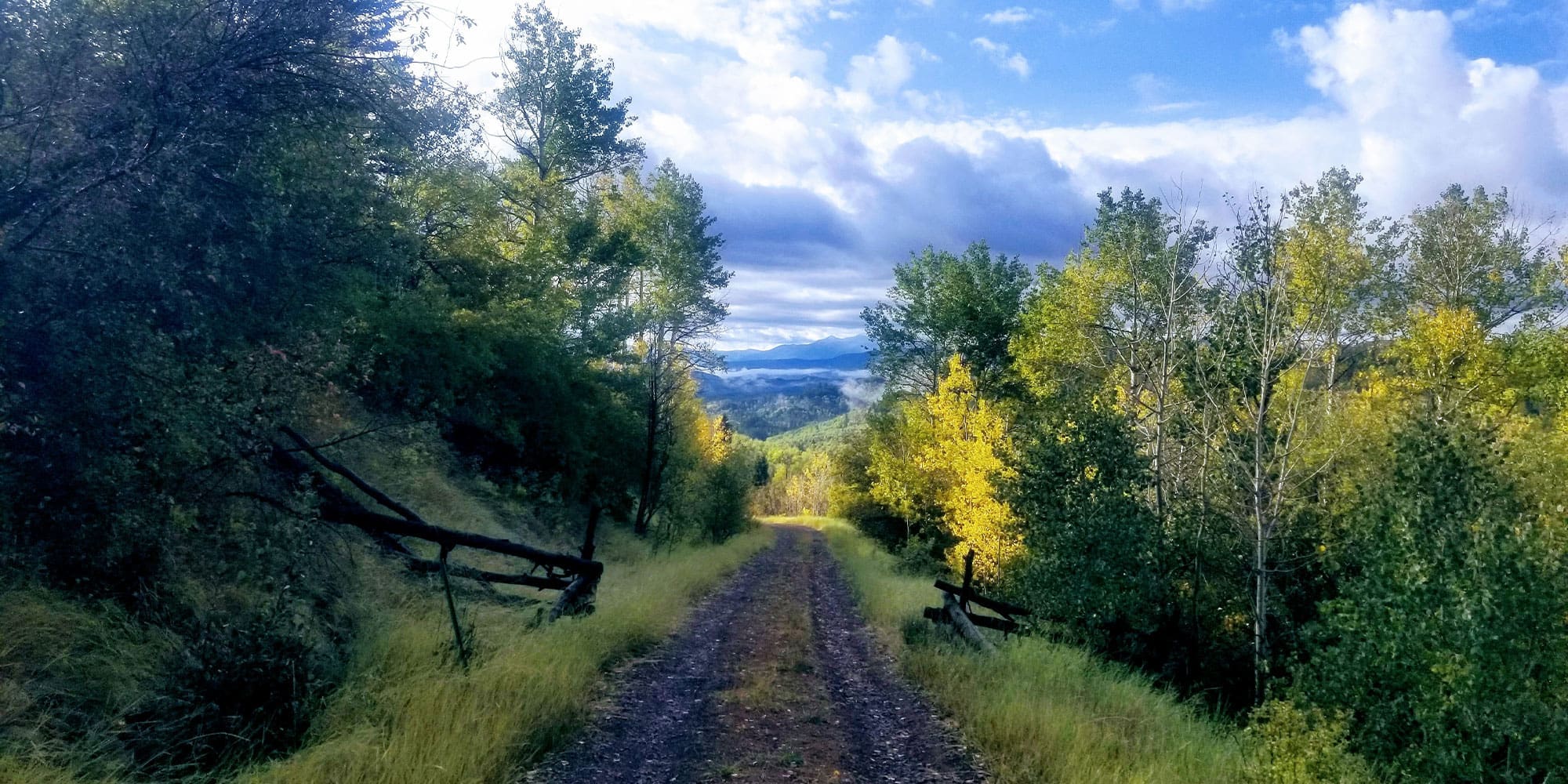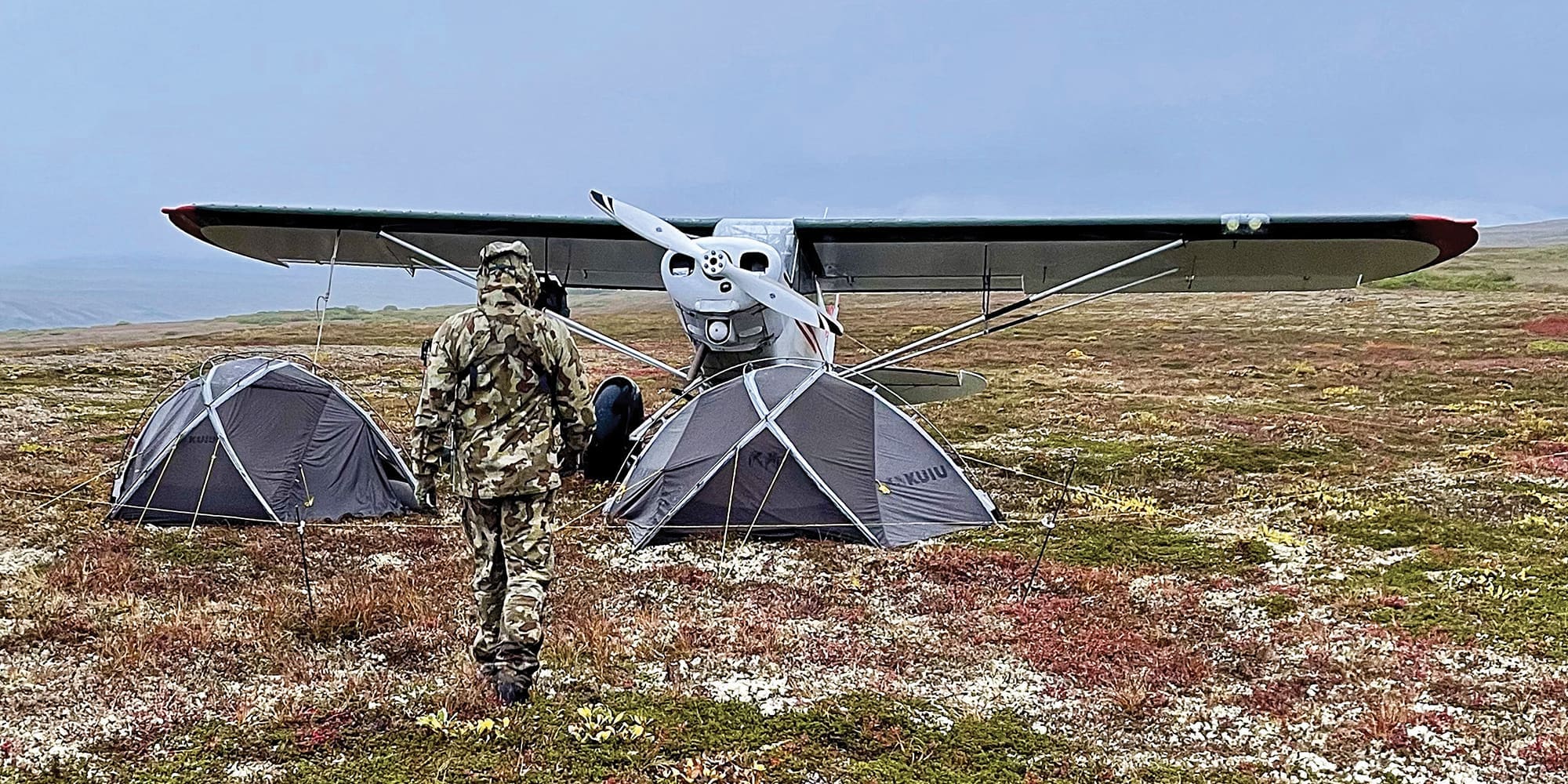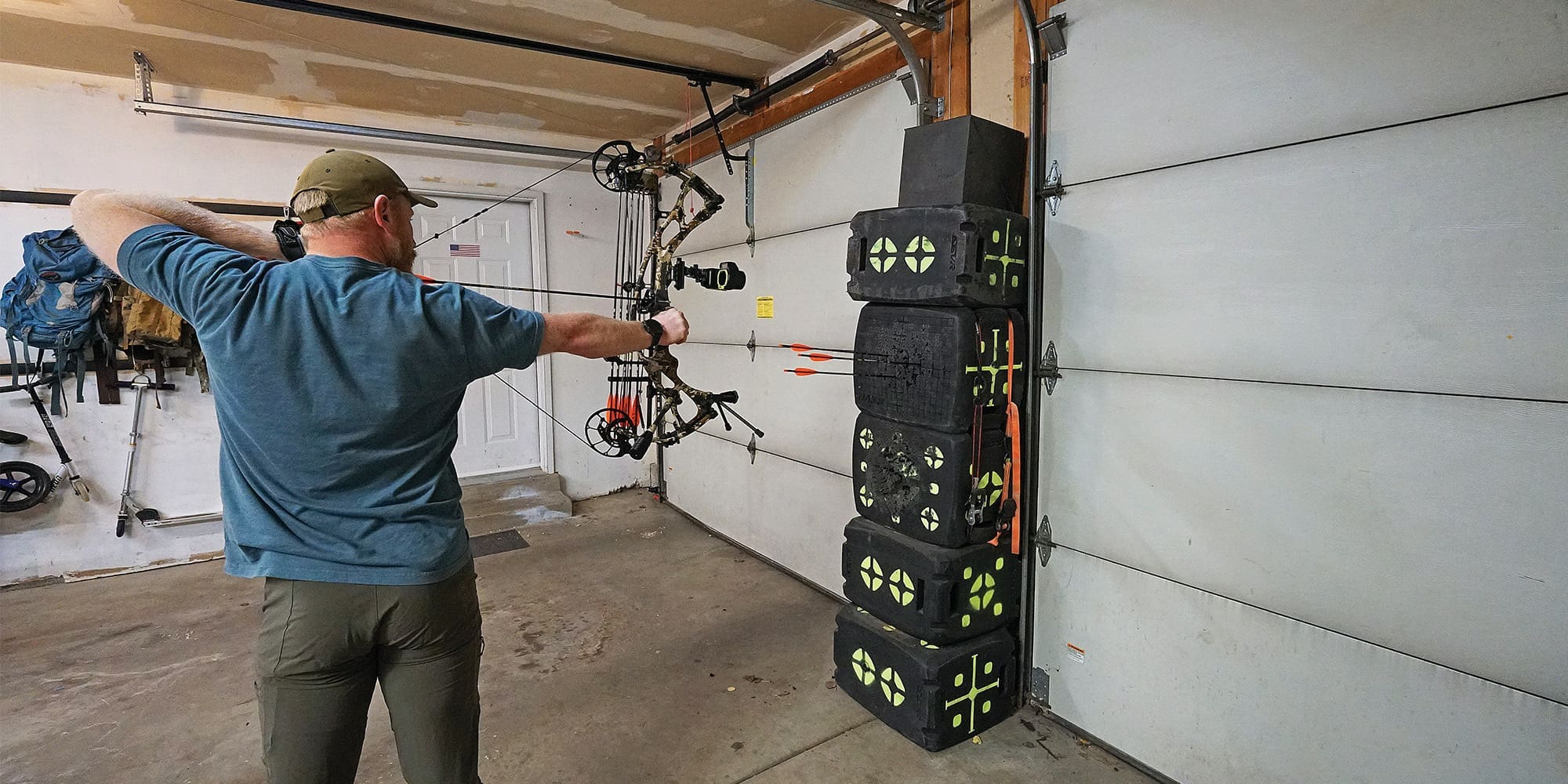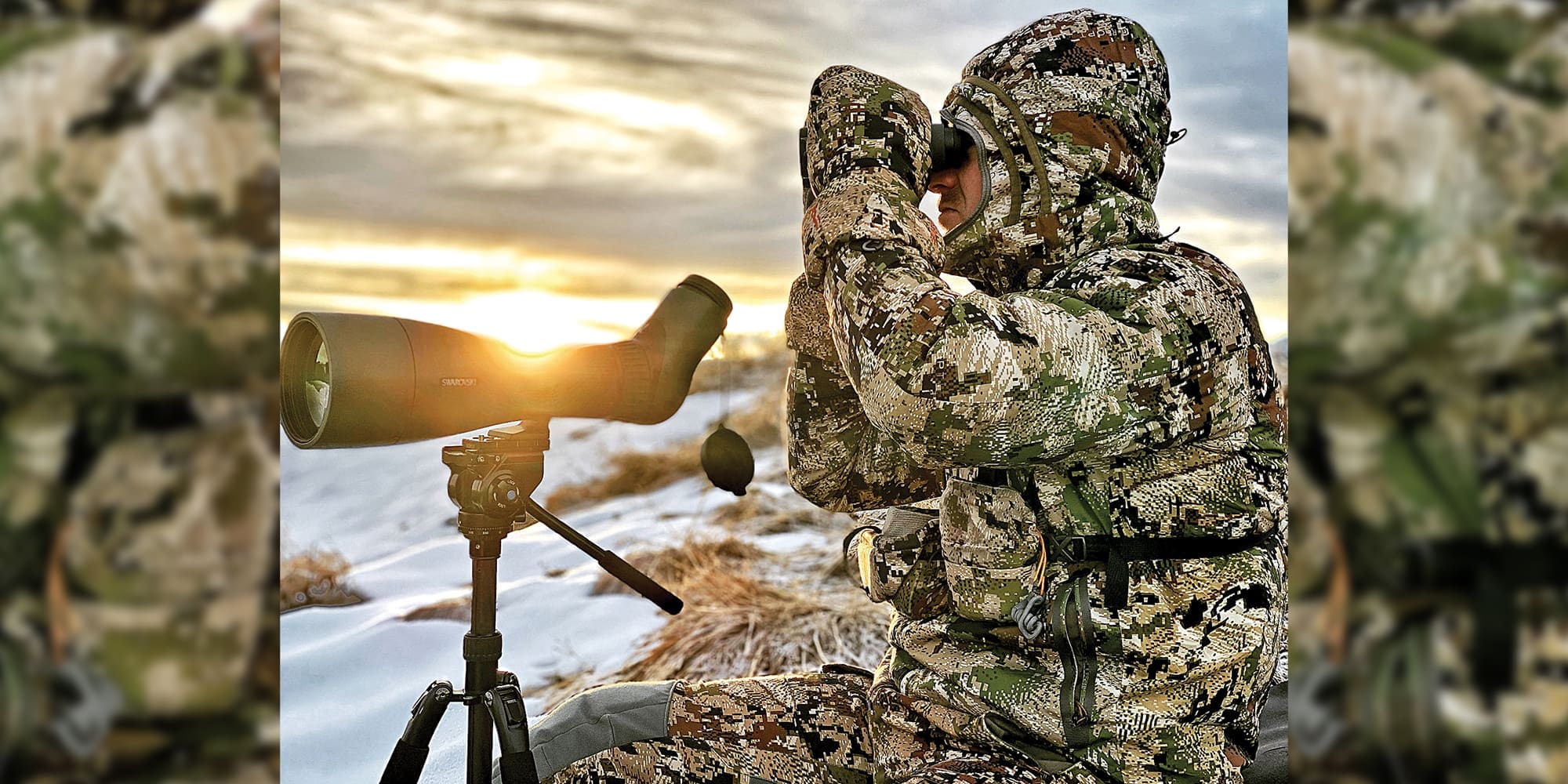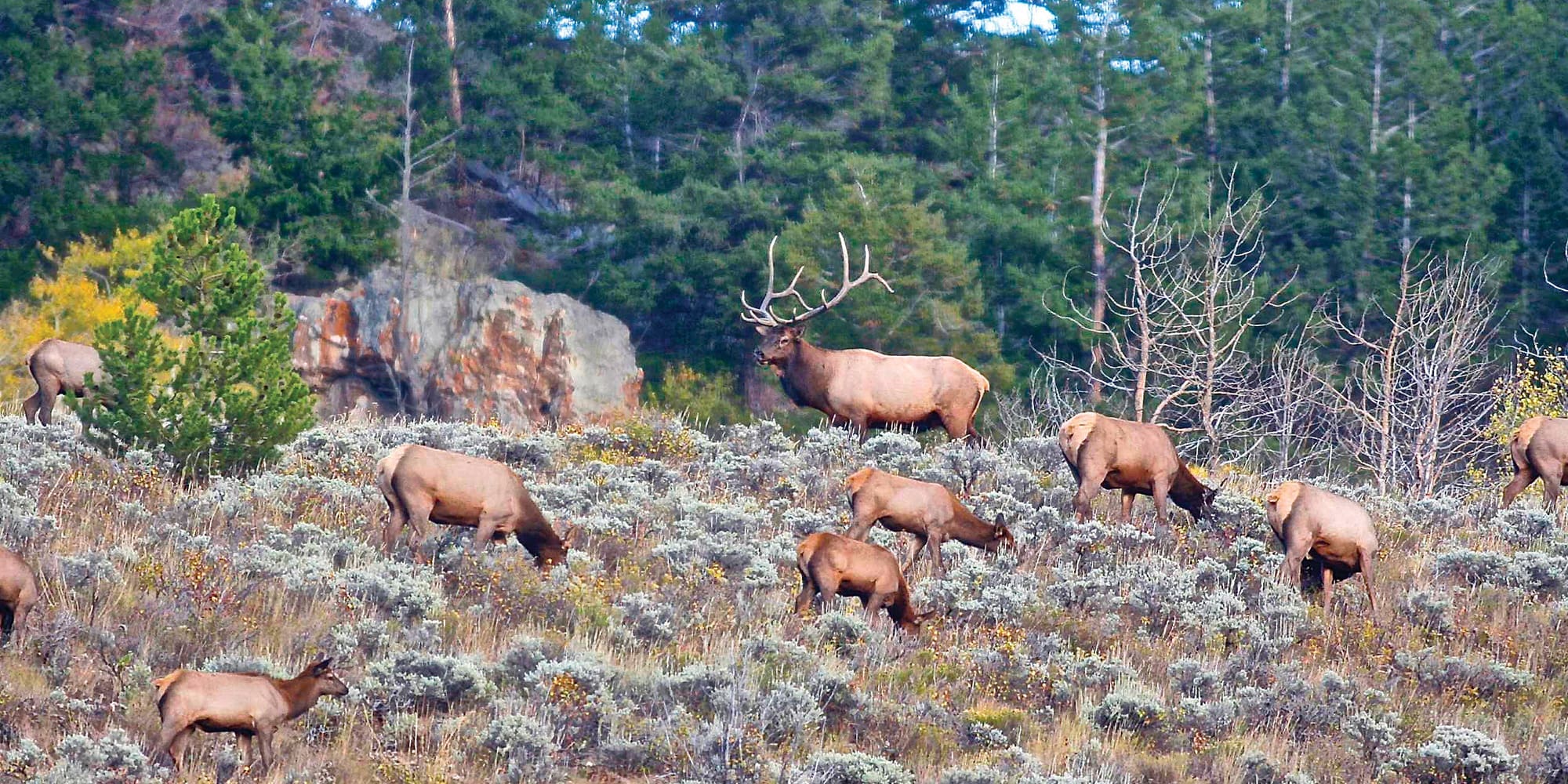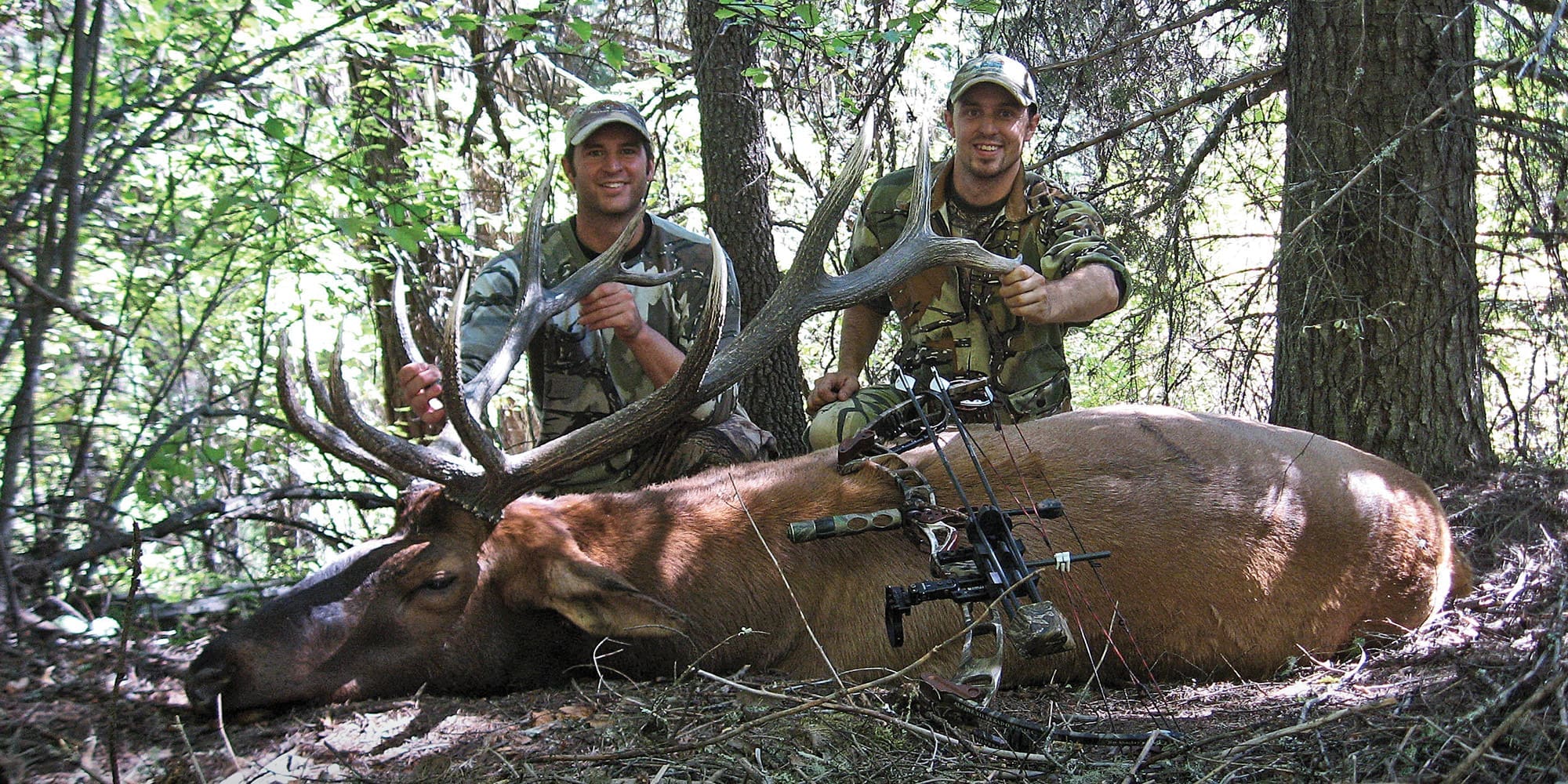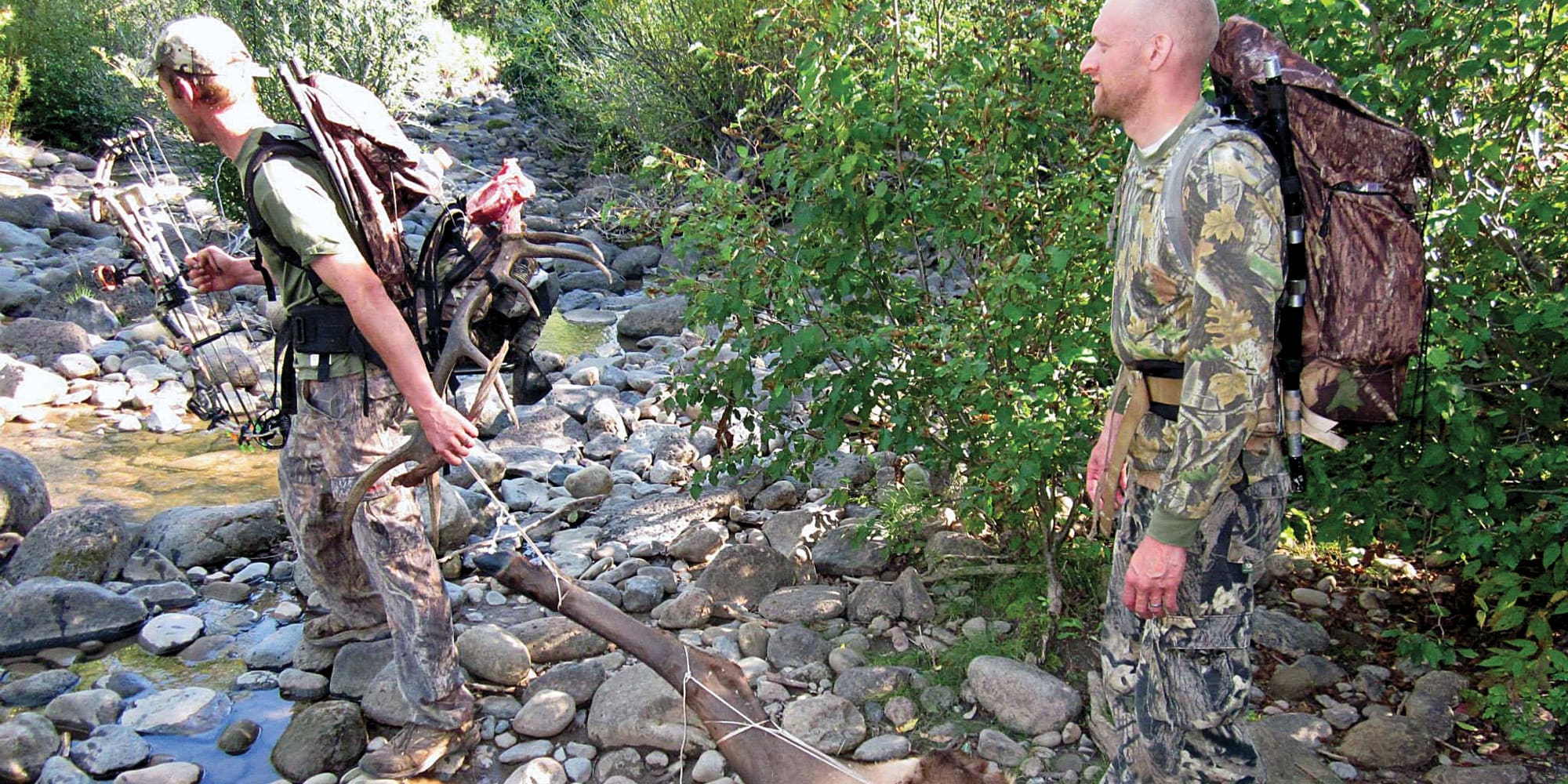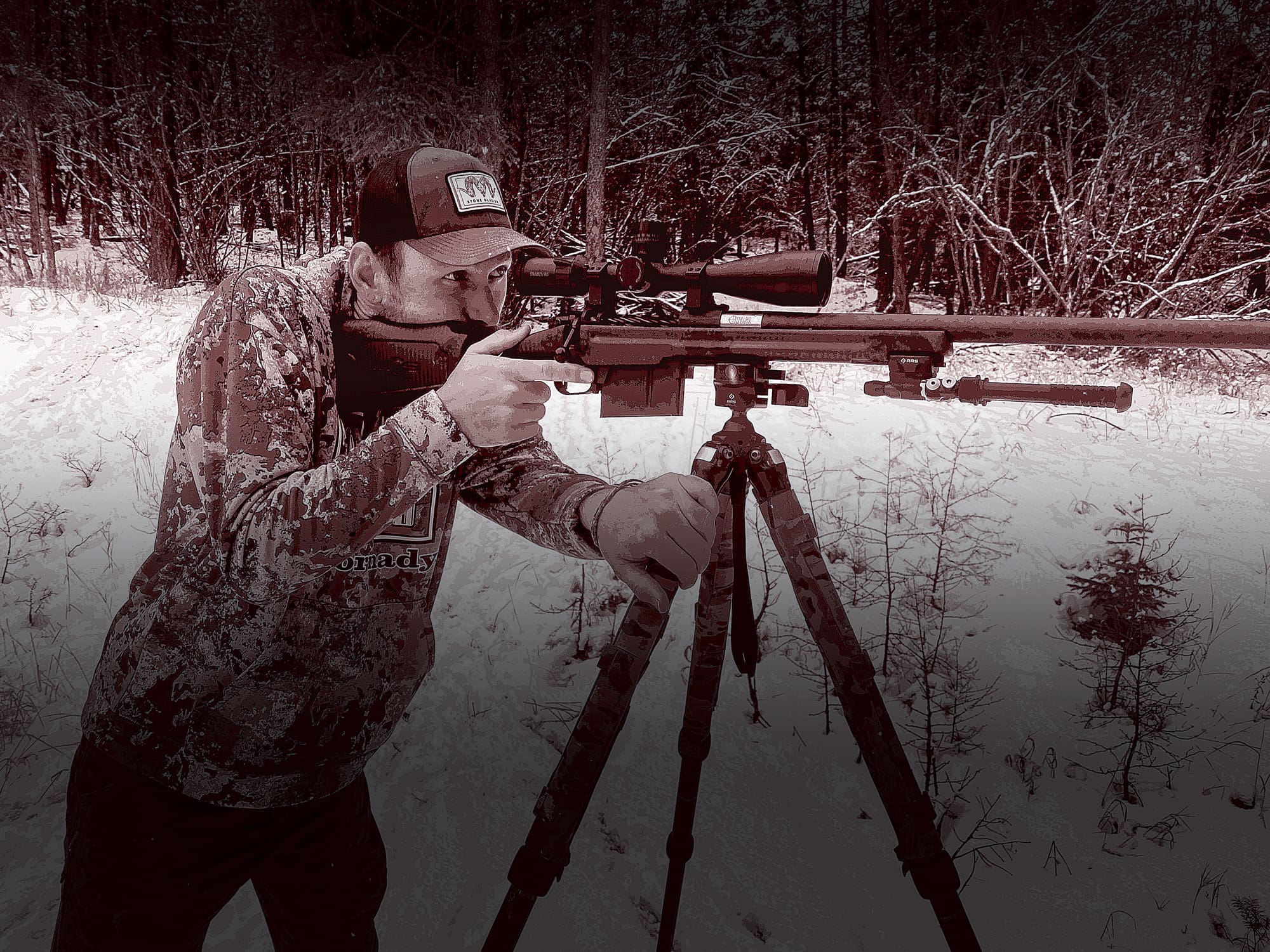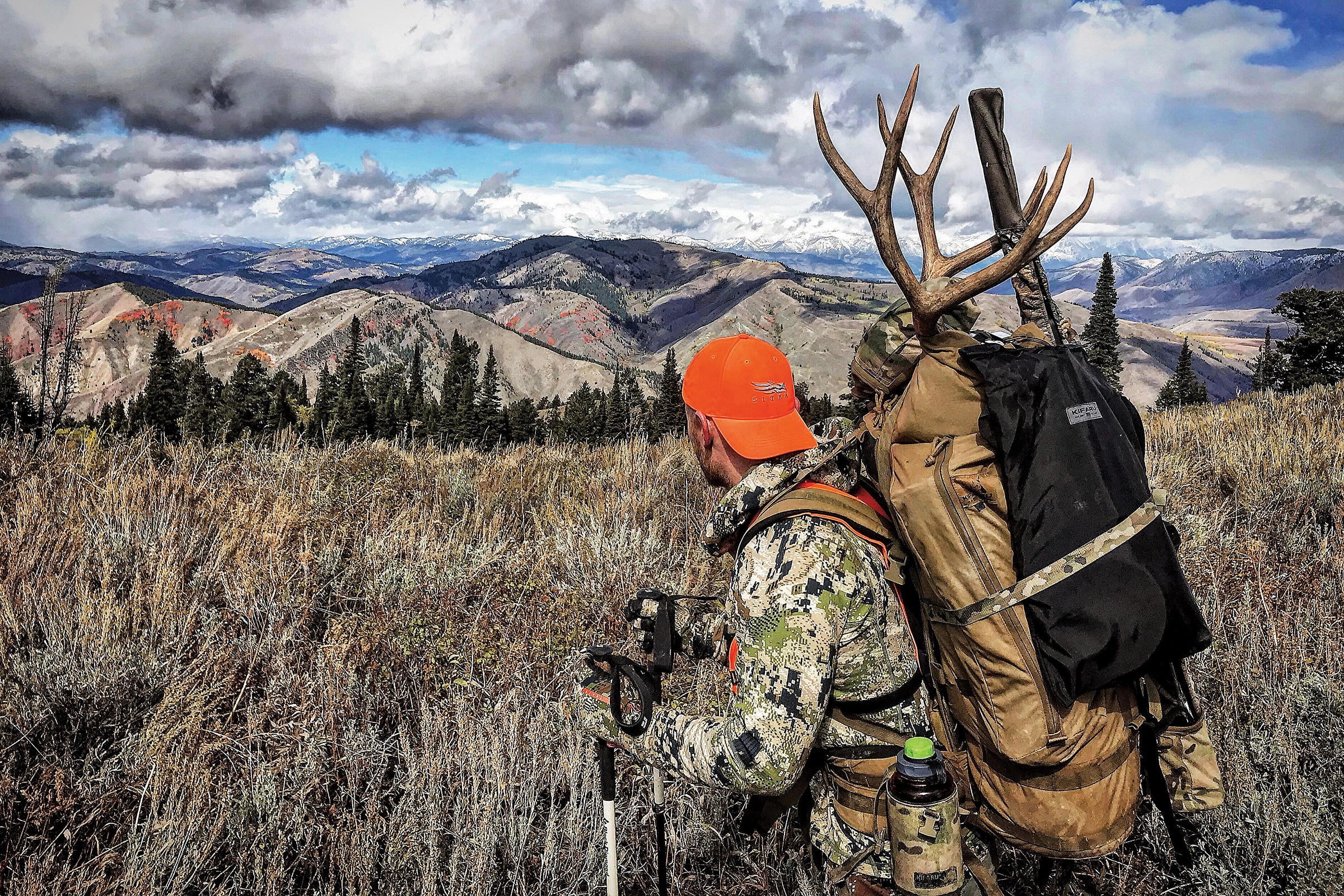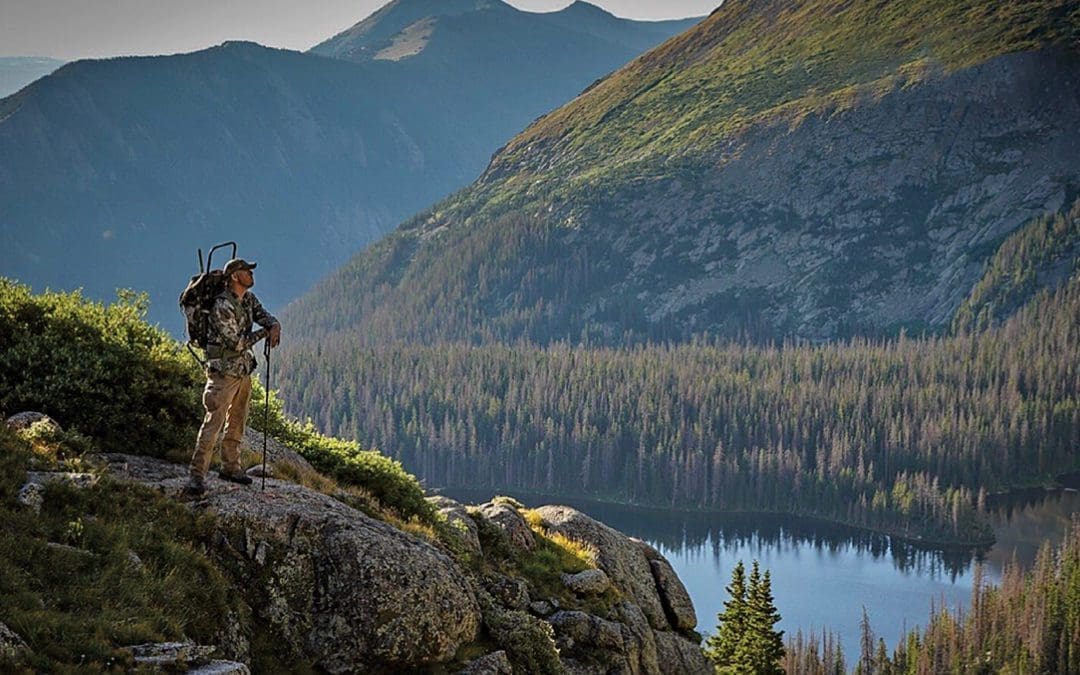
NOTICE: Certain links on this post may earn a commission for Western Hunter Magazine from Amazon or our other affiliate partners when you make a purchase. Thank you for your support.
What You Should Carry in Your Hunting Pack & Why
Decisions of what to put in your hunting pack can often make the difference between a comfortable and successful hunt or an unsuccessful and uncomfortable one. Even more importantly, what you do or don’t put in your pack can also mean the difference between life and death.
I have been in some crazy and dangerous situations while pursuing my passion for being outdoors. Some of these happened within view of the truck, and some in areas so remote that I am pretty sure I would not have been found for a few years had I not made it.
I’ve been involved in medical emergencies, extreme weather events, horse wrecks, a plane crash, a boat that flipped, and even political unrest in Africa that each caused me to be stranded. I have learned the hard way that when it comes to gear in your hunting pack, it is way better to have it and not need it than need it and not have it. The balance is not carrying so much that you can’t get around, but having enough gear that you can get yourself or your friends/family or even random strangers out of a bad situation.
Here are some items that I have in my hunting pack and why I have them, whether I am going hunting a hundred yards from the house or into a wilderness area. These are not listed in order of importance.
Rope
I like 60 feet of type IV paracord that is rated at 750 lb or 1/2" double braided nylon rope that is rated for even more weight than the paracord. I like rope for a myriad of reasons and uses. I can use it to lash down more things onto my hunting pack or use it for a tourniquet in case of an emergency. I can weave it between two poles to make a stretcher or use it to tie quarters of meat up in the trees to protect it from predators. I have even used rope to help build a quick shelter when I needed one.
I will always have rope in my hunting pack because one time while hunting in the mountains of Molokai in Hawaii with my wife, I needed it. I had shot a wild goat in super steep country. I saw a spot where I thought I could climb down a cliff to try and recover the goat I had taken. I was climbing down to a small ledge when that ledge suddenly gave way.
I was only ten feet from the top of the cliff, but with most of the ledge gone, I couldn’t make my way back up. After seeing how loose and unstable the ground was, I was nervous that the small piece that I was stuck on would also give way any minute.
After trying unsuccessfully to climb up several times, I had my wife (who was freaking out) get the rope out of my pack, tie it to a small tree, and lower the rope down so I could use it to get back up. After that, I have always had some type of rope in my hunting pack that was strong enough to hold me.
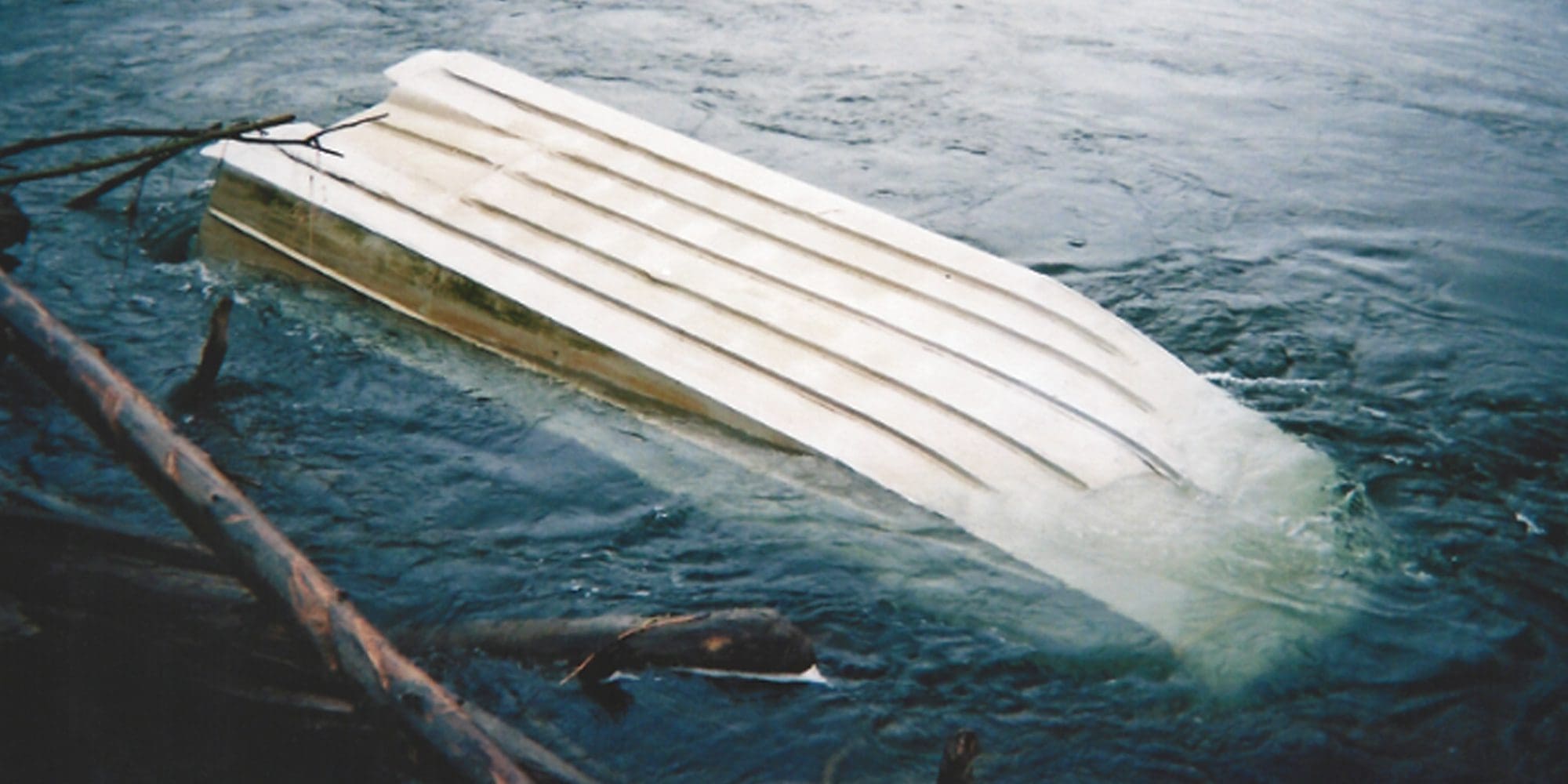
A simple lighter was quite possibly the difference between life and death when the author’s boat was flipped on a hunting trip in Alaska.
Lighters
I didn’t say lighter because I don’t gamble on just one lighter; I always carry two. I have had flints break and the little rollers pop off their seats. Fire as a source of heat, light, comfort, and signal is hard to beat. It can help you dry clothes, make safe drinking water, and get rid of bacteria and parasites in meat or fish.
Just this last year, a lighter allowed me to stay the night at 10,500' (just below timberline) in Colorado on a Rocky Mountain goat hunt. I didn’t have a sleeping bag, but with my lighter, I was able to build a fire by a rock that cast heat back towards me and kept me from getting hypothermia when it rained/sleeted at night.
Another time a lighter saved me was 15 years ago in Alaska. A cameraman taught me a valuable lesson when he used a lighter he had in his pocket to start a fire for me after I almost drowned. Our boat had flipped after hitting a sweeper, and my pack went overboard and was swept away. My lighter was gone and so was my bow.
When my guide and I made it out of the water, we were shaking very badly, and we needed help. My cameraman, Mike, had slipped a lighter in his pocket and saved our bacon since neither the guide nor I had one. We had to spend a miserable unplanned night on the side of a river in Alaska in a lean-to that we built, but one lighter saved us from hypothermia as we were soaked head to toe.
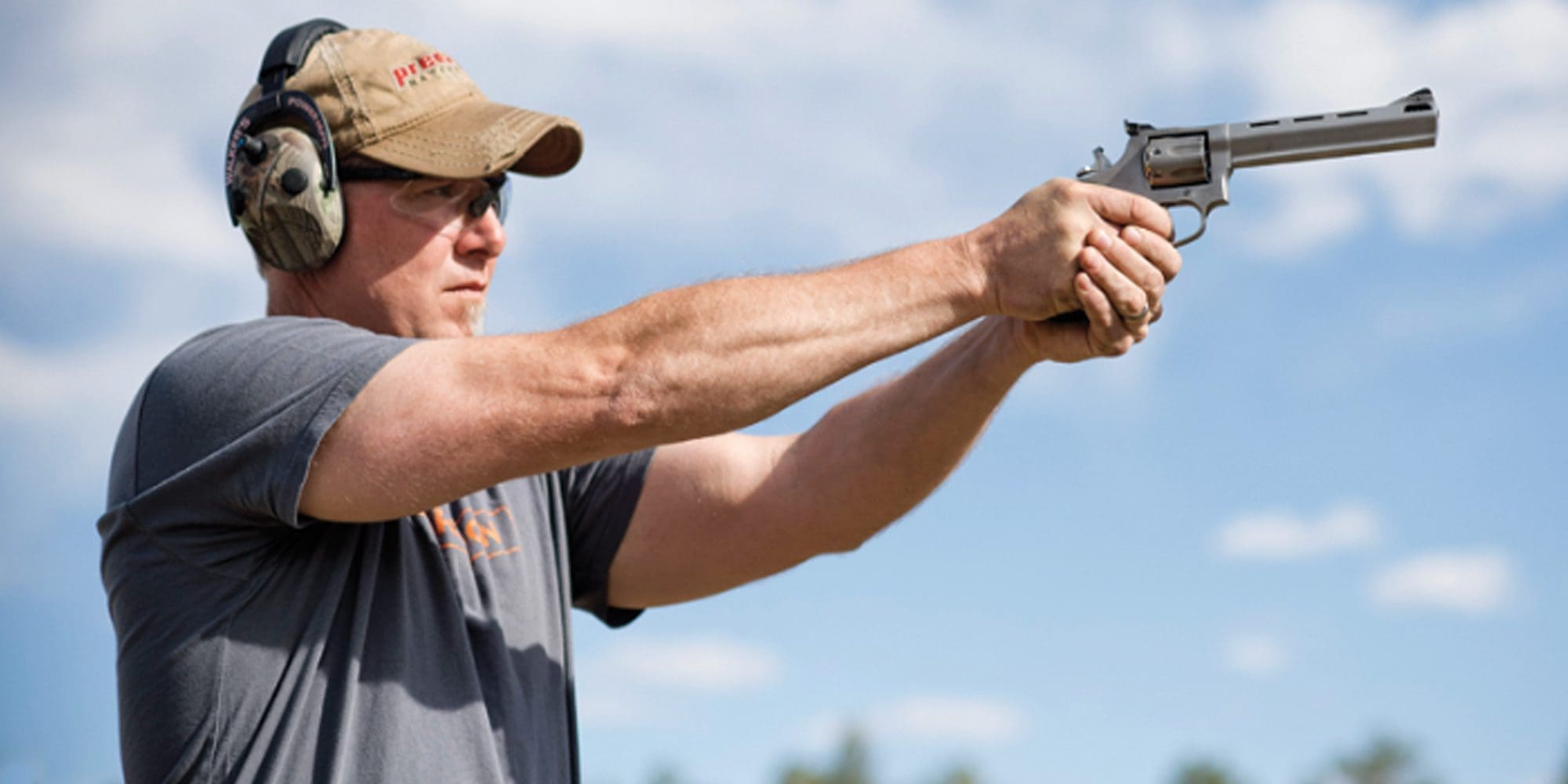
The author always carries a handgun, no matter if he’s on a rifle hunt, bow hunt, camping trip, or just hiking.
Handgun
It doesn’t matter if I am on a rifle hunt, bow hunt, camping trip or just day-hiking. I always have a handgun. A handgun can save you from being attacked by either animals or man. They can also be used to harvest game or to signal with.
Years ago, I was in a small raft on a brown bear hunt in Alaska when a huge sow charged us. It was all my guide could do to draw his handgun and fire before the bear was on us. He shot about six feet in front of the sow and turned her. One more leap and I might not be writing this column. I can certainly thank a handgun for saving everyone in the boat on that occasion.
My carry guns vary based on where I’m going, how long I am going for, and how much extra weight I can carry. To me, the type of sidearm is a personal choice. I have ranged from a .22 rimfire up to a Taurus .44. Barrel lengths have also varied for me depending on situations, from a 6 1/2" barrel to a snub nose. I just strongly advise always having one.
I have been in two situations where a handgun even helped me find clients in dangerous conditions. One was when my archery client had gotten out of his tree stand to try and slip in on a mule deer before a storm. He managed to take the deer and was out in a huge sage flat when the storm hit. He called me and he couldn’t see five feet in front of his face. He had no idea where he was and was stuck in the blizzard with no cover, not dressed for it.
I couldn’t find him, and he had no reference points as visibility was zero. I started shooting my handgun in the air and gridding the area. He finally heard my shots and using our cell phones and him telling me the distance of the sound, I was able to find both he and the deer and was able to get us to cover. I carry at least 12 rounds because I like to have extras in case of situations like the blizzard, where multiple shots were needed.
Water/Food
It seems simple, but I know I have made the mistake of going without either too many times and would bet many of you have as well. As a registered guide and outfitter in Colorado, I try and keep my clients safe. We hunt large private ranches and are also permitted on 1.3 million acres of wilderness area, so I am always carrying extra food and water for clients. I have, on occasion, had to spend unplanned nights out, and food and water are paramount to keeping spirits and strength up – especially in wilderness settings.
I don’t just carry extra food and water when in wilderness areas. I also advise people hunting just a ten-minute drive from their front door to carry extra food and water. You just never know when a fall from a tree stand or injury may cause you to need them to keep from getting weak or dehydrated on a longer stay than you had anticipated. By extra food, I mean nuts, raisins, a few Power Bars, etc. Just enough to make it if you have an unplanned night or two out in the field. I often carry some Iodine tablets as well so I can purify some more water on the fly without having to build a fire and boil it. Purification straws or bottles can also be handy.
Cell Phone, Satellite Phone, Transceiver, and GPS
Feel free to make fun of me here, but after a sat phone or transceiver has saved your life, you tend to want to tote them with you. On a fly-in hunt with a buddy of mine on Kodiak Island, Alaska years ago, I had fallen deathly ill. I couldn’t hold anything down and was even puking up water. After two days, I didn’t have the strength to stand and was turning yellow as my liver slowly shut down.
My buddy used a handheld transceiver (radio) to luckily contact a military transport that was flying over us. They contacted emergency services and gave our location, and I was picked up and flown to the emergency room. According to the doctor that was running fluids into me with an IV, I didn’t have a lot of time in the dehydrated state I was in.
My point is that we never anticipate bad things happening, whether that is an accident, illness, animal attack, or injury. I used to think I was bullet-proof and learned the hard way a few times that things can change quickly. Being able to get first responders to your location can mean the difference between living and dying.
A cell phone is great, but it doesn’t hurt to have another means of communication with you especially in remote or dangerous locations. Sometimes, no service on your cell phone in the bottom of the canyon can be a terrible thing to see. You don’t want to be like the guy on the commercial, “Can you hear me now?” if you have important information to relay. Also, take the time before heading afield to tell someone where you’re going and when you plan on being back. Because in a really unfortunate circumstance, you may not be able to make that call yourself.
Flashlight/Batteries
Some of the new small lightweight LED flashlights are awesome. They last a long time and don’t drain batteries fast, depending on what you get. I advise carrying extra batteries or mirroring the rule for lighters and carrying two. That way, you either have an extra set of batteries you can use or simply an extra light. Walking in the dark when you can’t see can lead to a dangerous fall or things like a stick in the eye. Flashlights are also a great way to signal people. Don’t skimp on lighting up the night sky. Nothing is worse than stumbling around in the dark, wishing you had thought ahead.
Socks, Bread Bags, Gloves, Beanie, and Rain Gear
These are must-have gear in the fall or winter in my opinion. I will take them in order.
A dry pair of socks can save sweating or wet feet from getting blisters, and dry feet are happy feet. Let’s say you walk through a creek or river and the inside of your fancy waterproof boots are wet, along with your socks. If you want to have dry feet, just swap out those wet socks for your dry ones and slip your feet into a thin plastic bread bag or plastic grocery bag (with no holes) and put your feet back into your boots. Bingo – comfy, dry, and warm feet.
Gloves are self-explanatory since we lose the majority of our heat from our extremities. Keeping our feet, hands, and head warm is important.
A beanie is a lightweight and easy way to keep your noggin dry.
For rain gear, I like to carry super lightweight, squish-down-to-nothing Cabela’s Space Rain. It is the best packable lightweight rain gear I have ever found.

Always be prepared with a first aid kit for anything that might jeopardize your hunt; chiggers, blisters, sprained ankles, or even more serious wounds.
First Aid
I suggest having a small Ziploc with some Aspirin, Benadryl, a sugar packet (in case someone is diabetic), an ACE bandage in case of a bad sprain, and some moleskin or blister Band-Aids. A small tube of super glue is great for fixing cuts in people or gear on the fly. I have had to deal with broken bones, heart attacks, blisters, allergic reactions to bees and scorpions, falls from horses that required care, and other medical issues where some quick in-the-field patching had to be done until we could get the victims to healthcare professionals.
In Conclusion
Of course, besides the gear I have mentioned, I always have a knife on my belt. I may have a spotting scope, tripod, and other gear in my hunting pack as well. It’s up to each of us to decide what we keep in our hunting pack for hunts or trips afield that may be a few hours or a few weeks.
Oftentimes, it’s the little things that can make the difference between comfortable and uncomfortable, or even life and death. Next time you load your hunting pack, choose wisely; you may need to save yourself or people you care about. Remember, it’s always better to have it and not need it than to need it and not have it.


